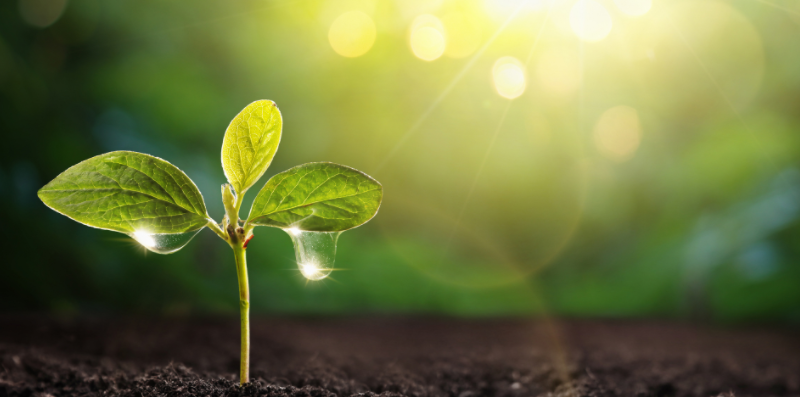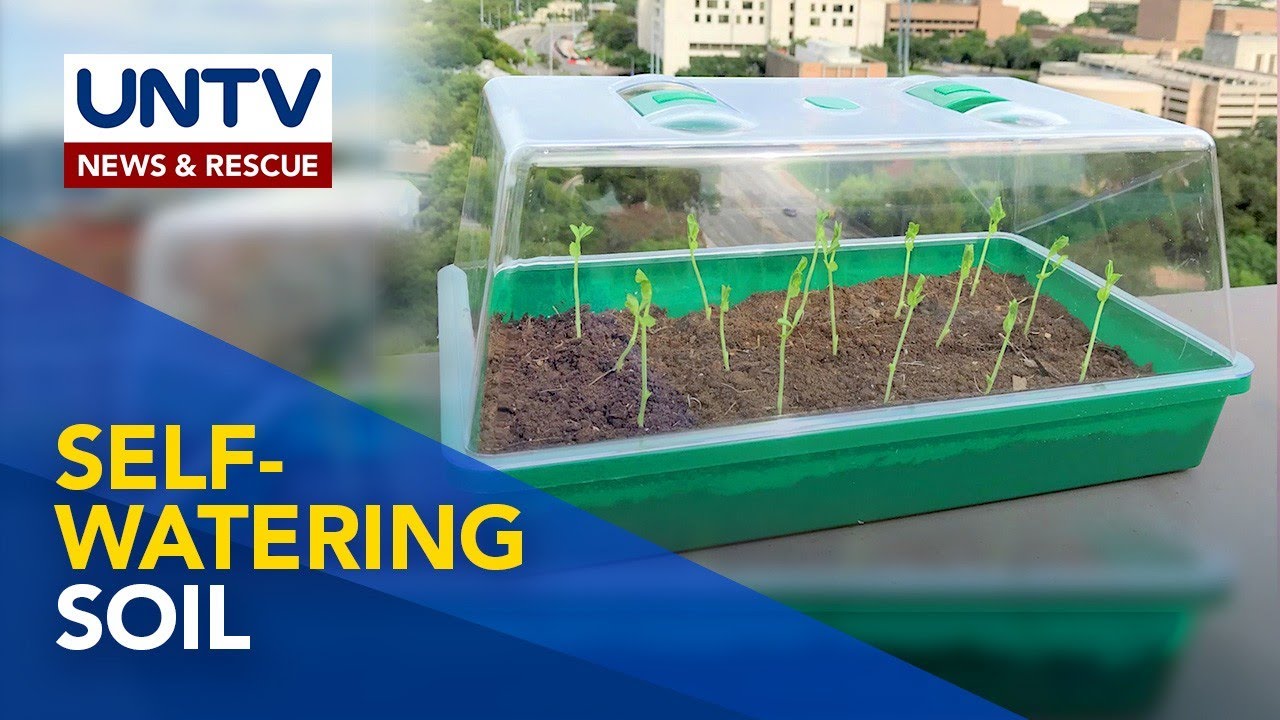As published in ACS Materials Letters, the team’s atmospheric water irrigation system uses super-moisture-absorbent gels to capture water from the air. When the soil is heated to a certain temperature, the gels release the water, making it available to plants. When the soil distributes water, some of it goes back into the air, increasing humidity and making it easier to continue the harvesting cycle.

Each gram of soil can extract approximately 3-4 grams of water. Depending on the crops, approximately 0.1 to 1 kilogram of the soil can provide enough water to irrigate about a square meter of farmland.
The gels in the soil pull water out of the air during cooler, more humid periods at night. Solar heat during the day activates the water-containing gels to release their contents into soil.

The team ran experiments on the roof of the Cockrell School’s Engineering Teaching Center building at UT Austin to test the soil. They found that the hydrogel soil was able to retain water better than sandy soils found in dry areas, and it needed far less water to grow plants.
During a four-week experiment, the team found that its soil retained approximately 40% of the water quantity it started with. In contrast, the sandy soil had only 20% of its water left after just one week.

In another experiment, the team planted radishes in both types of soil. The radishes in the hydrogel soil all survived a 14-day period without any irrigation beyond an initial round to make sure the plants took hold. Radishes in the sandy soil were irrigated several times during the first four days of the experiment. None of the radishes in the sandy soil survived more than two days after the initial irrigation period.
According to EurekAlert














